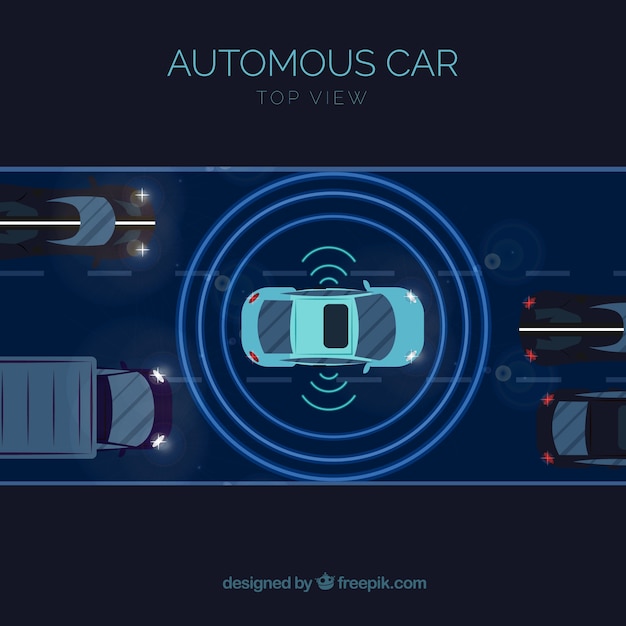Leap into the Future with Autonomous Vehicles

Max Odendahl, CEO and co-founder of Silexica, shares some insights on the hurdles the automotive industry faces with multicore technology and autonomous vehicles, and explores how automation can help the industry meet high expectations created by media hype.
A recent story from Australia highlights how driverless car software is being developed to help vehicles avoid kangaroos, which are known for their unpredictable hopping. General Motors has even created a dummy kangaroo to predict and test these movements in their automotive trials. Meanwhile, Volvo is tackling a similar issue with its large animal detection system designed to prevent collisions with European animals like deer and elk, although these creatures don’t move as unpredictably as kangaroos. To better understand kangaroo movements, a team of engineers in Australia is gathering data.
This is just another day in the world of autonomous driving. Such efforts generate numerous media stories, making it seem like the technology is more advanced than it really is. Many people begin to believe that fully driverless cars, known as level five autonomous vehicles, will soon be available, without realizing the complexity involved.
One of the biggest challenges for the automotive industry is fitting the necessary power and processing capability into small, embedded computers within the vehicle. Current systems, which are essentially multi-board supercomputers, take up the entire trunk of a car, are heavy, and generate a lot of heat. To move past this, engineers need a deep understanding of system behavior in dynamic scenarios and must choose the right platform. This is complicated by an unprecedented demand for computing power. No one is sure which platform will provide the needed performance, nor how to program these new, untested systems. Adding to the pressure, there’s a race to be the first company to deliver a mass-produced, fully autonomous vehicle.
Platforms like the NVidia PX are showing promise with their processing power, but they require software automation to handle the multitude of algorithms necessary for these complex systems. The process should start with fully analyzing the code quickly using automation. This approach can take the task from months down to hours, giving engineers more time to focus on other aspects of the project.
Once the code is thoroughly analyzed, engineers can optimize how it’s distributed to the target platform. By simulating techniques and predicting software behavior, they can receive detailed feedback on execution flow and push the boundaries of performance, power, and memory constraints to enhance overall performance. When all this detailed information is available, engineers can implement their software more efficiently, freeing up both physical and electronic space in the vehicle.
Sometimes, after all this analysis and optimization, it might turn out that the chosen approach isn’t the most efficient. Automated processes help save a lot of time and money, reducing risks and increasing the likelihood of successful project delivery.
Another challenge is in the realm of deep learning and neural networks, crucial for predicting unpredictable events like weather changes, construction works, animals, and, of course, kangaroos. Training computers to handle these scenarios…